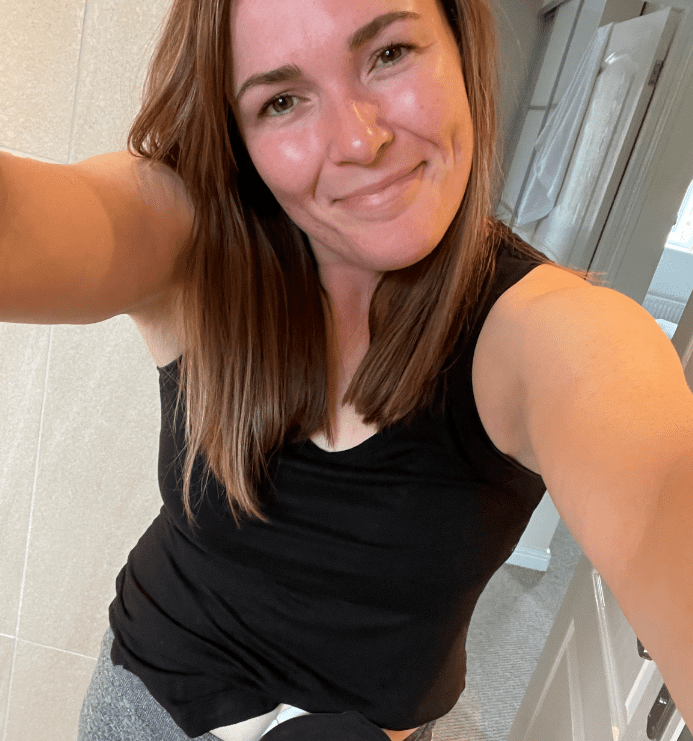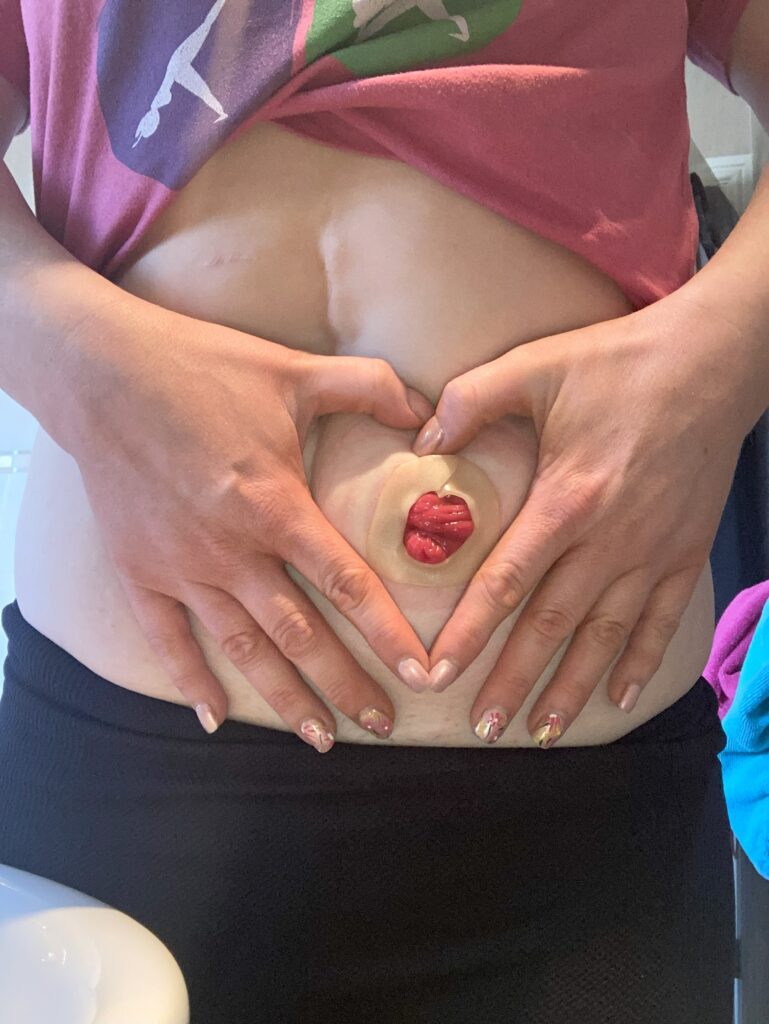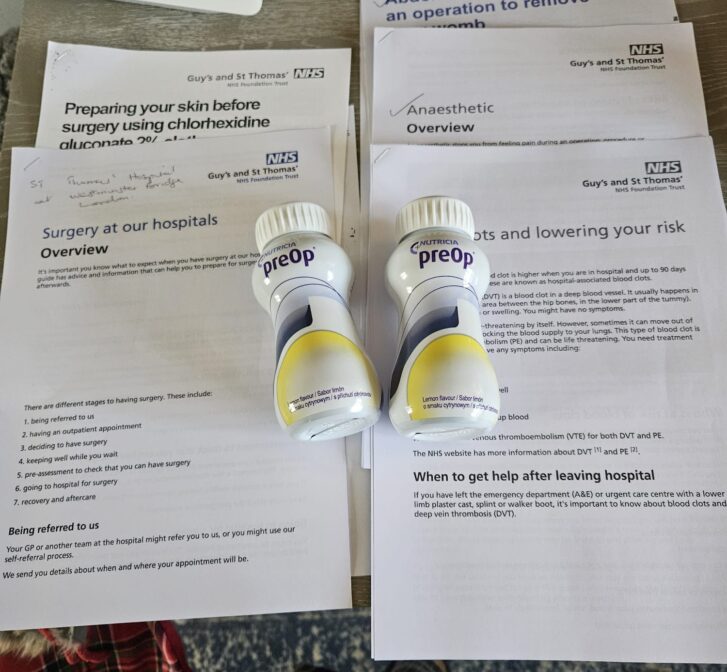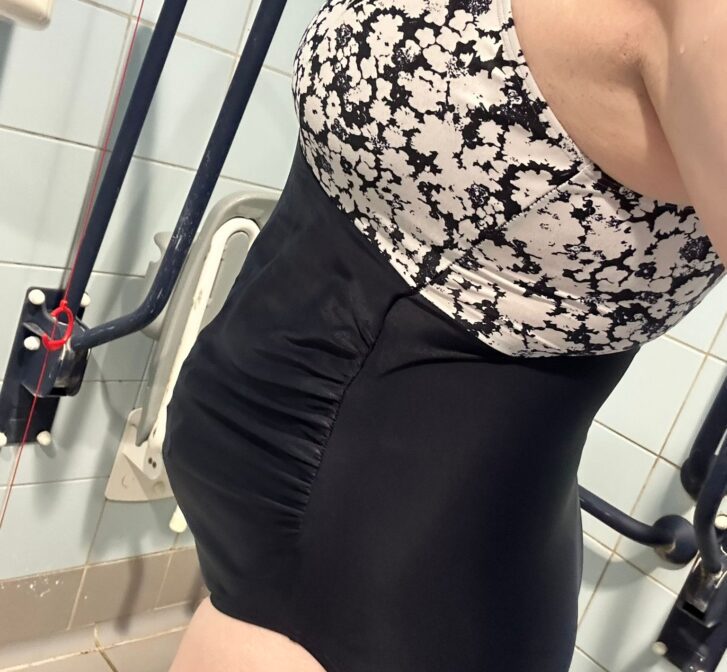Stoma Myths Debunked
Myth 1: Only the elderly need stoma surgery
To begin with, I am a 33 year old woman with a 7 years old son, each of us have a stoma. This myth is most certainly not true and never has been. Understandably so, parents and carers don’t typically share their children on social media to the extent adults do. There are parents and carers who have accounts to raise awareness and share invaluable content to support others in the same position such as @jessicasstomajourney and @jaxstomajourney. Typically though, most absorb content from behind their own personal account and get support and connect that way. Either way of engaging in the community is still valid, but contributes to the generalisation that it is older generations that live with a stoma only. In literature on leaving hospital following surgery, I remember very well the graphics showing elderly people on the cover of booklets. Little emphasis is put on the fact that anyone can need the surgery at any age.
Myth 2: Your bag will smell
The common misconception is that having a stoma bag means you will smell. Any ostomy appliance you receive through a reputable company will have been through rigorous research and development, tested under extreme situations, and tested by ostomates themselves. There is no reason why there should be any smell emanating from you. If that is what is happening, have a quick check to see if you have developed a leak and require a bag change. There are lots of products on the market to combat the smell when emptying if you feel uncomfortable with this. REFRESH3in1 from Respond Healthcare is a fantastic dual purpose product, with a fresh linen scent part of its functionality. Absorb capsules are also brilliant for thickening output as well as neutralising the smell, also from Respond Healthcare. Your diet can have a big part to play in making your stool smell more potent than normal. A high fibre diet and fish can be the main culprits.
Myth 3: You will have lots of leaks
Following surgery, having a leak is one of the biggest fears for us all. We don’t want to have to deal with it, have to change clothes or potentially leave somewhere because it’s so bad. Finding the right bag for you post op can take some time. You need to find the right one for your body shape, skin and most importantly what feels comfortable for you. Leaking however shouldn’t be an accepted part of ostomy life. Sure there are teething problems at the start, and our body can go through changes which mean we need to switch up our supplies, but ultimately you shouldn’t get leaks all the time. On social media if you follow many people who share their journeys it is quite common to see leaks being shared, but please don’t be under the impression that is the norm. Sharing this is a way of preparing and educating ostomates to be, and meant to alleviate worries, not create them.
Myth 4: You can’t eat what you want
Diet is one of the biggest areas of stoma life in the way that it can vary between individuals. We are advised on what foods to avoid and to remain hydrated. Following the recovery period, when you have got into a rhythm of processing plain, easy to digest foods, it can be very daunting testing the waters with high fibre, fruits and vegetables. For one ostomate who can tolerate anything and everything, there will be another that can not tolerate fruit and vegetables with skins, grains and seeds. You can not predict what category you will fall into. It may be that you need to avoid just a few things or nothing at all, but you certainly won’t know unless you try. Try new foods one at a time so if you do become poorly or it affects the durability of your stoma bag you can pinpoint the cause more easily. Buy a pocket diary to keep track of your food or print off weekly meal charts. These can be found for free on Pinterest or create your own with the free version of Canva to make it personal to you!
Myth 5: You can’t lift weights
This one is quite scary for some, and I can say from personal experience that I was too afraid of adding weights into my fitness regime for a year after surgery in fear of developing a hernia. The booklets you are given warn you about the risk of an internal part of the body pushing through a weakness in the muscle or surrounding wall causing a hernia. Support wear can give both practical support and confidence when exercising following advice from your stoma nurse. Typical recovery is around 6 weeks but this is influenced by the circumstances around the need for surgery and any other ongoing conditions. Respond Healthcare have dedicated staff that will help you measure for support wear helping you to gain free items on prescription should you qualify, or to purchase should you not.
These are just a few stoma myths, I am sure you can think of many more! Do a little research and see which ones you believed to be true that turn out not to be. You may be pleasantly surprised!
Until next time, Rach @gutsy.mum x

Meet the blogger: Rachel
Rachel is a part time baker and healthcare blogger who started raising awareness of stoma surgery following the birth of her son Jake. Jake was born with the same condition as Rachel, Hirschsprungs Disease. The disease affects 1 in 10,000 births in the UK every year, where the ganglion cells…










